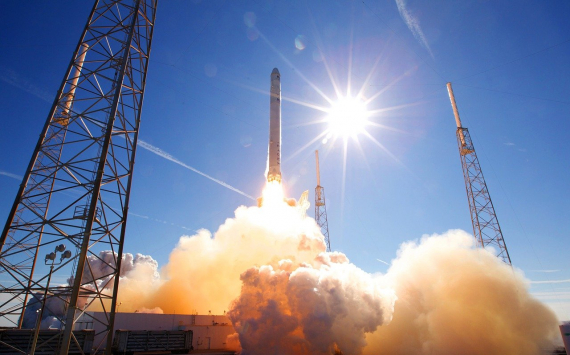
Starlink and space
SpaceX launched a Falcon 9 rocket with another constellation of Starlink microsatellites on Monday. The launch is being streamed on the company's website.
The launch took place from Cape Canaveral, Florida, at 09:44 US East Coast Time. The rocket will launch 46 satellites into low Earth orbit.
The first stage of the rocket has previously been used in ten launches. SpaceX employees intend to bring this Falcon 9 element back to Earth again. It is expected that after the launch, the stage will be in automatic mode smoothly descend to a floating platform in the Atlantic Ocean. This technology allows the company to reduce the cost of successive launches.
The previous Starlink microsatellite launch took place in early February. The current launch was due to take place on Saturday, February 19, but was postponed due to unfavourable weather conditions.
The Starlink network is designed to provide Internet access by deploying a large number of vehicles weighing 260kg.
SpaceX estimates that it will cost $10bn to launch a total of 11,000 satellites and put them into service. The company says it will be able to provide broadband internet at 1 gigabit per second, which meets the 5G standard.
It is worth noting that the current launch was the 36th under the Starlink programme, with SpaceX having put about 2,000 satellites into orbit since May 2019.








































